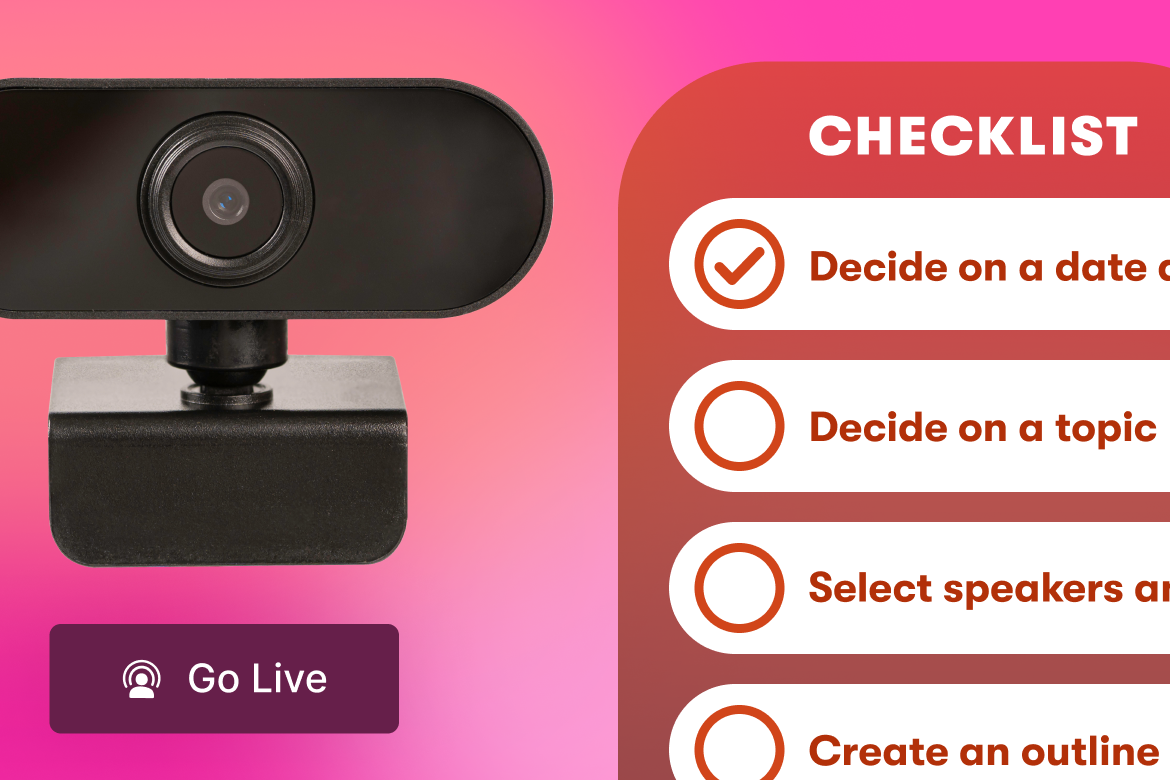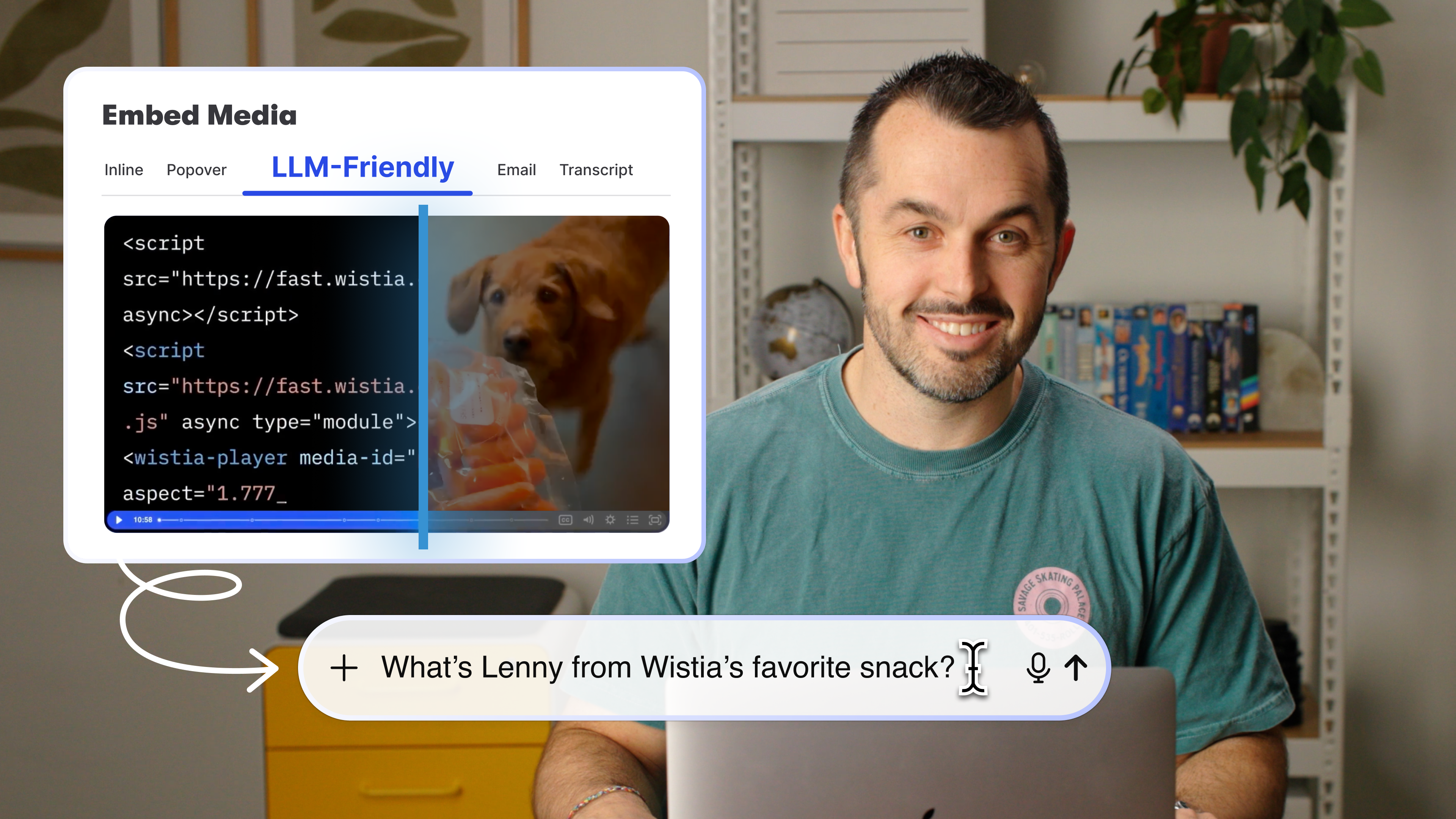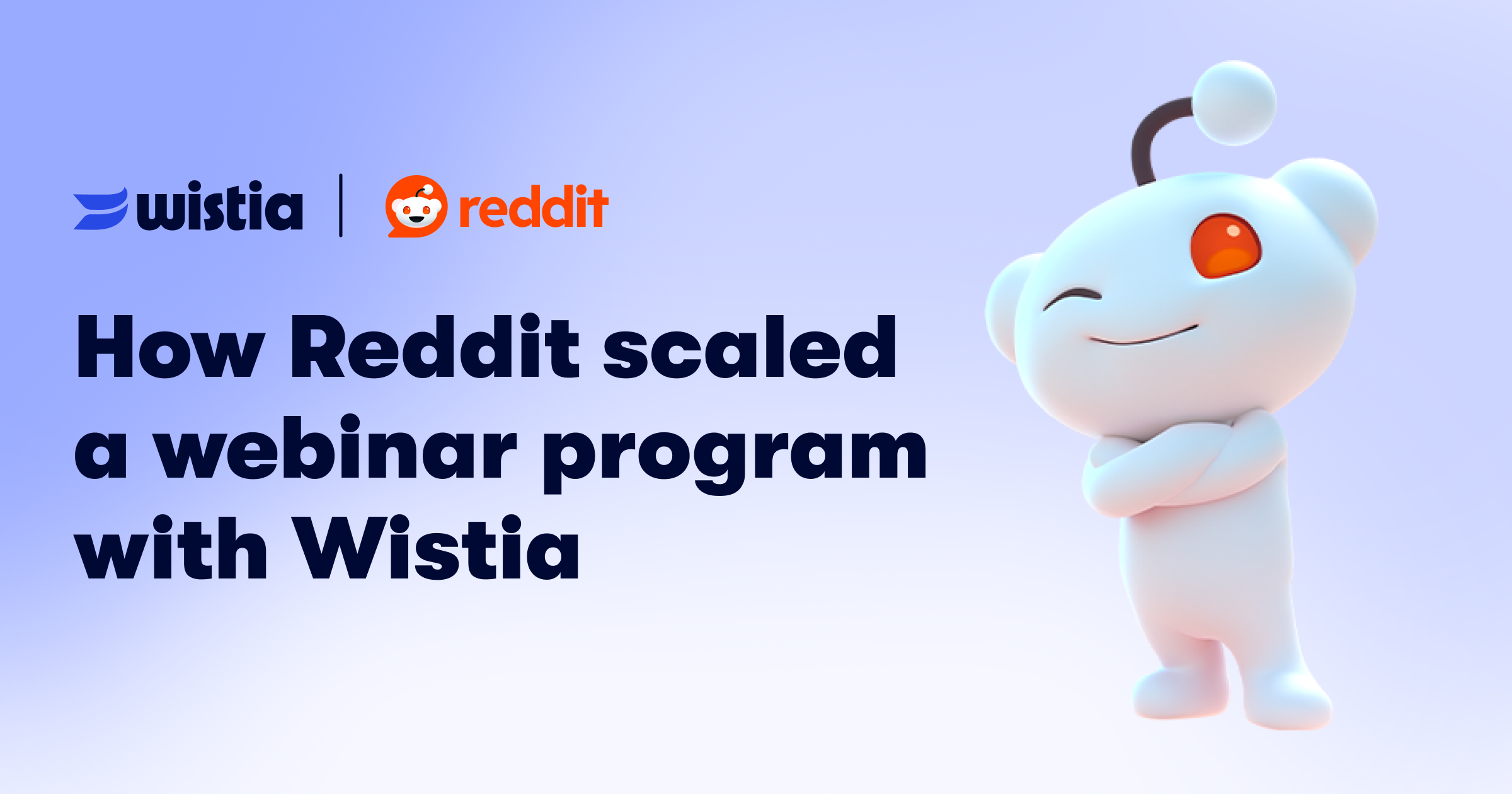How We Created a Family Leave Policy That Prioritizes Our Employees
September 28, 2017
Topic tags
Family leave can be a touchy subject at a lot of U.S. companies. Perhaps it’s the fact that the U.S. is the only developed country without an official parental leave policy. Or maybe it’s a case of businesses just wanting to keep those policies private.
Whatever the reasons, when we first approached our family leave policy at Wistia, we wanted it to align with the fun, challenging, and altogether different environment we’ve worked hard to develop throughout the past 11 years. As always, our goals were to make everyone feel included, welcomed, and supported.
And while we still might not have attained the heights of Norway-levels of maternity and paternity benefits, we wanted to go beyond what’s seen as “adequate” in terms of family leave benefits at most U.S. companies.
In an effort to be transparent, and perhaps even inspire other companies in some small way, we wanted to lay out the benefits Wistia offers to its employees, and specifically how they’ve helped us give our teammates the freedom to be better parents.
Taking a holistic approach to family leave
Our benefits program is something we frequently reevaluate to fit each expectant parent’s needs. While some form of parental leave is a common benefit at any U.S. company, we know being a new parent requires far more time and dedication than the typical policy. So we offer a slew of options to help teammates prepare for their leave, adjust to parenthood, and transition back into their roles when they eventually come back to work.
“While parental leave is common at any U.S. company, being a new parent requires far more time and dedication than the typical policy.”
The freedom to be flexible
Because we want parents-to-be to be able to smoothly transition into their new roles, we offer flextime to help them manage activities like doctors’ appointments and parenting classes. For Camille Barichello, one of Wistia’s Customer Champs who just gave birth to a son, that’s been a huge benefit. “Being able to have a flexible schedule has been great because it doesn’t feel like there’s a huge upheaval every time I need to get something done,” she said.
It’s all in the name
Rather than calling it maternity or paternity leave, we make a point of calling it family leave — it’s more inclusive.
Here’s how our family leave policy works:
- Anyone who gives birth gets 12 weeks of paid leave.
- Anyone who’s a primary caretaker, but doesn’t give birth, gets 8 weeks of paid leave.
- Anyone who’s a non-primary caretaker gets 4 weeks of paid leave.
Door-to-door service
The last thing any new parent wants is to spend time cooking 3-course meals when they could be caring for their baby. That’s why we’ve partnered with local food services across Boston to send pre-prepared food kits to new parents. All they have to do is unpack, reheat, and dig in.
We also encourage Wistians to drop by and bring snacks or lunch to parents on leave when it’s convenient. Each team at Wistia has a budget they can use to plan an activity, event, or meal to support their teammates. “It’s kind of like our internal welcome wagon, with the goal of reaching out and seeing if anyone needs help,” said Meredith Eves, Director of People Operations at Wistia.
Just for parents
Becoming a parent for the first time comes with a lot of questions, worries, and hilarious anecdotes. We created a Slack channel where parents can share all of these, in addition to innumerable pictures of their newborns. It’s the perfect spot for them to talk about everything from Boston’s best daycares and pediatricians to the latest kids’ books recommendations.
A home away from home
It’s no secret that people often spend more time at work than they do at home. So what better way to make Wistia a welcoming home away from home than to invite everyone’s family to the office? We’ve started organizing events like “Bring Your Kids to Work Day” and monthly Happy Hours for the whole family to stop by and meet the entire Wistia gang.
Convenience within the workplace
In our office, we’ve set up a designated space for folks who nurse to pump throughout the day. Meredith, who herself is a new mom, blocks off slots on her calendar so that everyone knows when the room’s available for nursing. “The goal is to make [the nursing room] easy to use so no one feel like they’re imposing,” she said.
Determining your family leave game plan
After a lot of trial and error, we came up with a blueprint that’s helped us map out our benefits program and make it as inclusive as possible:
- Ask employees what they want. Have your People Operations team talk to employees who’ve taken advantage of your benefits. What did they like? How is there room for improvement? Based on their feedback, modify your benefits package as needed.
- Test new benefits before rolling them out. Introduce a new feature on a small scale and track its adoption before offering it to everyone. That way, you can use the initial feedback to make improvements before it goes live to everyone.
- Reach out if you need help. Not sure if family leave is something you have the capacity to tackle on your own? You can always partner with a company like Ovia Health to help your company offer a wide range of benefits. These partnerships make it easier to integrate with whatever health insurance platform you already have, in addition to offering exclusive benefits (like health coaches for pregnant employees).
Over-communicating along the way
It’s normal for prospective parents to feel stress around leaving their jobs and responsibilities for an extended period. So Meredith and her team set up 1-on-1 meetings to talk to folks just before they go on leave to make sure they’re armed with all the information they need before taking leave.
Whether it’s detailing all the benefits of family leave, or offering resources on breastfeeding, health, or managing work, these conversations are meant to answer questions and alleviate any fears they might have.
It’s this sort of explicit communication that goes a long way in making parents feel included and appreciated. Here’s are a few steps you can take to improve communication before your employees take family leave:
- Create a partner system. Pair parents-to-be with other parents at your company who have older kids. That way, new parents get even more support from people who’ve been there, done that, and cleaned the spit-up to prove it.
- Be proactive. Encourage your People Ops team to get in the habit of starting conversations early on with parents-to-be about family leave. After all, they’re the point people for any questions your team might have about family leave.
- Ask people what they want. We love throwing baby showers at the office, but we always make it a point to ask the parents first, because everyone celebrates differently. The last thing you want is to throw a surprise BBQ baby shower for vegan parents. So before you make any plans, talk it through.
Handling transition with sensitivity and care
Whether someone’s been away for 4 or 12 weeks, coming back to work can be stressful for new parents. That’s why we focus on 2 types of flexible transition processes (before and after leave) that alleviate some of the pressure.
Going on leave
To prep for family leave, Meredith sends managers at Wistia a template to create a project plan for the coming weeks. From there, managers and expectant parents meet about a month in advance of leave, working through the plan together to make sure everything’s covered in their absence.
“We don’t want anyone to feel like they have to check their email while they’re away, so we encourage teams to put a lot of thought into making sure everything’s taken care of ahead of time,” Meredith said.
Returning to work
Coming back from leave can feel a little like the first day at a new job. There are new faces, new processes, and new systems in place. Rather than throw people in the deep end on their first day back, Meredith has found it’s best to let them ease back in over a few days or a week. “It helps dial down stress and anxiety levels, while letting them get back up to speed at a more reasonable pace,” she said.
“Coming back from leave can feel a little like the first day at a new job. There are new faces, new processes, and new systems in place. ”
So what are some keys to managing transitions better?
- Get your team involved in transition planning. Not only is it important for managers to meet with people going on leave, but also it becomes critical for other employees who are stepping up to carry their torch to be in the know. Go above and beyond to make those teammates feel like part of the planning process and prep them for the next few weeks.
- Organize team lunches for parents coming back to work. What better way to catch up with your old teammates and meet new ones than over some grub?
Keeping an empathy-first mindset
We’re continuing to work hard to make Wistia a place where family benefits meet the needs of everyone here. Our goal is to make new parents feel worry-free while spending time at home with their infant. For Camille, that’s more than been the case. “Everyone has been really supportive in stepping up to take over work I do, as well as throughout my pregnancy,” she said.
And more than anything? “Just be kind,” Meredith said. “We do our best to recognize that this life phase can be really hard for new parents.” A little bit of empathy can go a long way when your focus is on cultivating an inclusive work environment.






